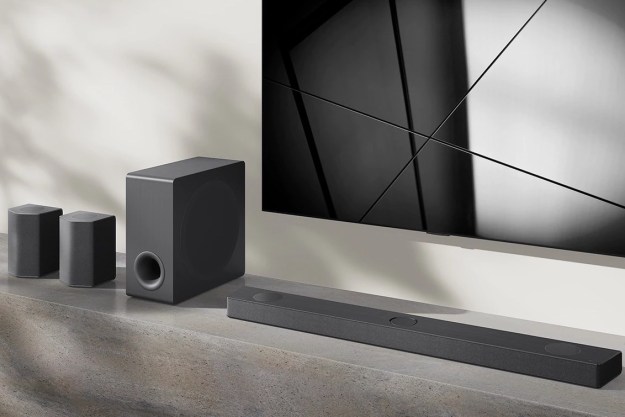In 2010, OLED displays made their first big waves in consumer technology with the introduction of the Samsung Wave S8500 smartphone, but it was in 2012, when both Samsung and LG gave 55-inch OLED TVs huge coming out parties, that the technology started making hefty headlines. Today, several manufacturers offer OLED smartphones and TVs, but the display technology is making a big move into commercial applications too, and LG says it’s leading the charge.
At CES, Digital Trends was granted access to a private demonstration room where LG was showing what it had planned for OLED into the future, and we witnessed firsthand how those plans goes well beyond your living room.
Soon we’ll see OLED replace many of the displays we currently see in shopping centers, business outlets, board rooms, and any number of conceivable commercial spaces. But this won’t be a simple case of swapping out screens. OLED can do things LED/LCD displays simply can’t, thanks to their ultra-thin profiles and sheer flexibility.
Granted, we probably won’t see OLED take over the outdoor screens we see in stadiums and ballparks across the world, but as you’ll see in our video above, they’ll soon appear in countless indoor venues, and we won’t just see these new displays, we’ll hear and interact with them.
Editors' Recommendations
- Samsung’s new QD-OLED panels get Pantone’s stamp of approval for color accuracy
- The LG Signature OLED T is official, and gorgeous — and transparent
- LG’s 2024 OLED M4 takes AI processing to new heights ahead of CES
- What is a Micro Lens Array, and how does it make OLED TVs brighter?
- LG’s giant 97-inch M3 OLED TV eliminates HDMI cables




